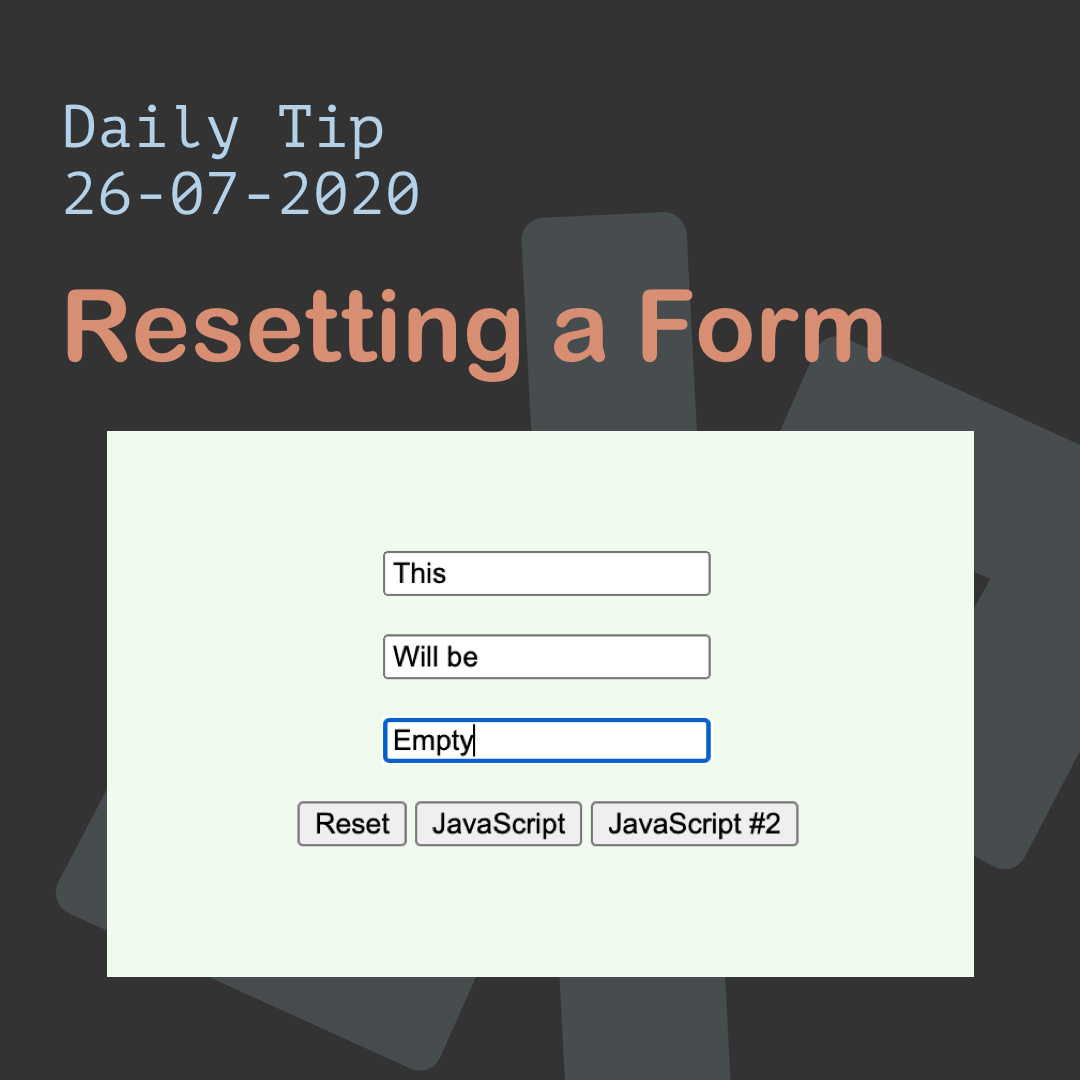Today we will look at the concept of redirecting a web page. We can use redirects for several purposes. Being but not limited to:
- changing domain [abc.com is now def.com]
- changing the page [page-a is now page-b]
- thank you page to homepage [/thanks to /] (mainly after x seconds)
There are many ways of doing this; we will cover a couple of examples in this article.
Note: There are more ways of doing this than described in this article alone.
HTTP Response Codes
In specific redirects, it's good to understand the different HTTP Response Codes; these are codes the browser sends back on a request. All response codes have a particular meaning:
200: Means the page loaded, no issues found404: The page could not be found2XX: There is a wide range of200codes which all mean success3XX: For redirects, however we are interested in the several300codes:301: Moved Permanently, the page is moved to another page302: Moved Temporary, The page is moved only temporary
HTML Redirects
This is by far the easiest and one of the most flexible options. I do use this to redirect after x seconds very often automatically.
We place a meta tag at the head of our document like this:
<meta http-equiv="refresh" content="15; URL='http://ebsite.com/homepage'" />As you can see, we can define the content attribute, which tells us to wait 15 seconds before redirecting to the homepage.
However, we can use 0 as an argument, which will directly redirect.
This is the easiest way; some browsers do not like this method. This means; the user can experience a flash before it redirects to the end page.
JavaScript Redirects
Another way to redirect a page is using JavaScript.
It's as easy as using the window object.
window.location = 'http://website.com/homepage';There are multiple ways of doing this in JavaScript:
window.location = 'http://website.com/home';
window.location.href = 'http://website.com/home';
window.location.assign('http://website.com/home');
window.location.replace('http://website.com/home');Of course we can wrap this in a 15-second timeout if we would like to:
setTimeout(function () {
window.location = 'http://website.com/homepage';
}, 15000);HTAccess Redirects
A way that is mainly used for more permanent redirects or moving a whole subdomain or even domain is using the .htaccess file.
This file allows us to send the HTTP Status Codes as well.
Redirect 301 / http://xyz.com
Redirect 302 / http://xyz.comBeing said, we can match a whole section, for instance:
RedirectMatch 301 /blog(.*) http://xyz.com$1This will redirect everything that starts with blog to xyz.com/blog/query.
PHP Redirects
Even PHP can easily redirect to another web page:
<?php
header('Location: http://xyz.com', true, 301);
exit;
?>As you can see, we can define the HTTP Status Code again, if you leave this empty, the default value 302 will be used.
And many more...
There are many more ways of redirecting; I've used all of the above in one way or another. It depends on what your software is built on and what goal it should serve.
Other redirect methods:
- nginx
- ruby
- .net
- nodejs
- flash
- go
- etc...
Let me know in the comments what your preferred way of redirecting is.
Thank you for reading, and let's connect!
Thank you for reading my blog. Feel free to subscribe to my email newsletter and connect on Facebook or Twitter

